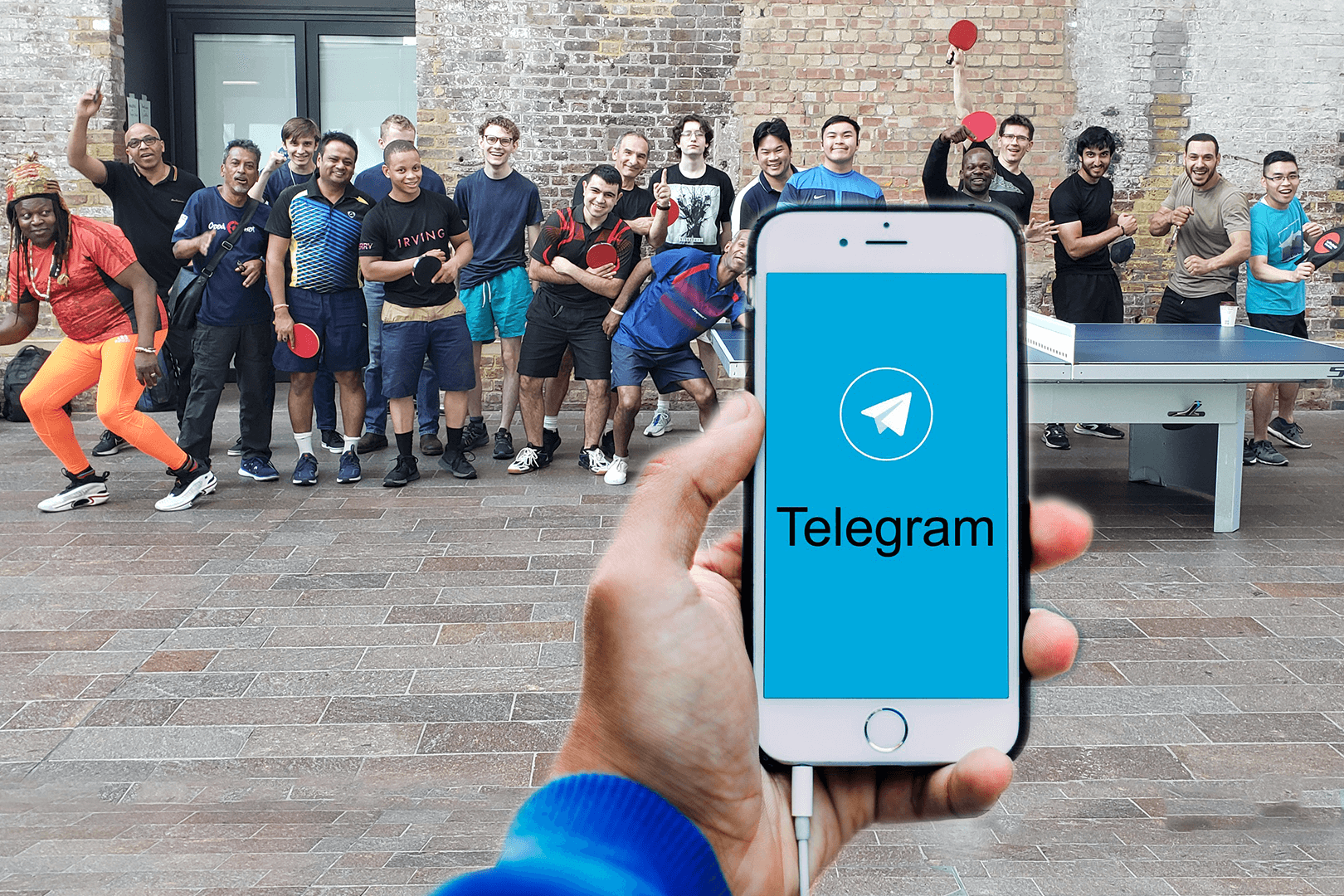This user has no status.
Member
Hey everyone, wanted to share an old weekend project that I worked on last year. I used OpenCV in Python to create landmarks, or points on my body to do an approximate pose estimation. I then included a wireframe just to show potential applications in form analysis. The video of my practice was done in November 2022 (I have to do an update eventually using @NextLevel's advice!). What's cool is that you can use this for any type of video where the subject is clearly visible, so I added a clip of FZD.
Let me know what you think!
Let me know what you think!













